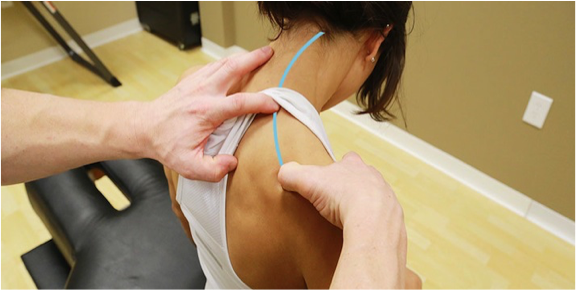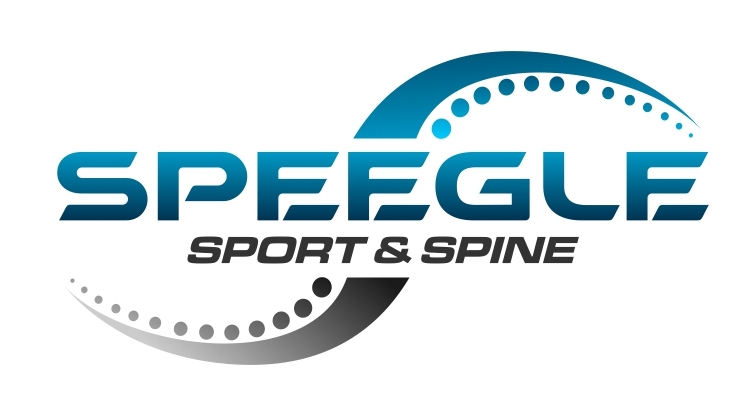FASCIAL DISTORTION MODEL
The Fascial Distortion Model (FDM) is an anatomical perspective in which the underlying etiology of virtually every musculoskeletal injury (and many neurological and medical conditions as well) is considered to be comprised of one or more of six specific pathological alterations of the body’s connecting tissues (fascial bands, ligaments, tendons, retinacula, etc.). This model not only allows for strikingly effective manipulative treatments for diverse afflictions such as pulled muscles, fractures, and frozen shoulders, but the results are objective, obvious, measurable, and immediate.
In the manipulative practice of the FDM, each injury is envisioned through the model and the subjective complaints, body language, mechanism of injury, and objective findings are woven together to create a meaningful diagnosis that has practical applications. For instance, in contrast to the orthopedic model in which a sprained ankle is rested so torn ligaments can heal, in the FDM approach, the specific anatomical distortions of the capsule, ligaments, or surrounding fascia are physically reversed. Therefore, the anatomical injury no longer exists, and the patient can walk without a limp and is pain free. Thus the typical sequence of orthopedic interventions obligatorily prescribed (resting, ice, compression, elevation, anti-inflammatory drugs, and crutches) is no longer considered clinically relevant.
Treatments can include ironing out fascial seams, smoothing out fascial coils, reversing fascial transition zones on attachment points, minimizing protruding tissue through fascial planes, unfolding and refolding fascial folds and releasing fixated joints. The patient’s presentation along with the FDM assessment will dictate and identify the type of fascial distortion involved and the proper corrective technique will then be utilized.
